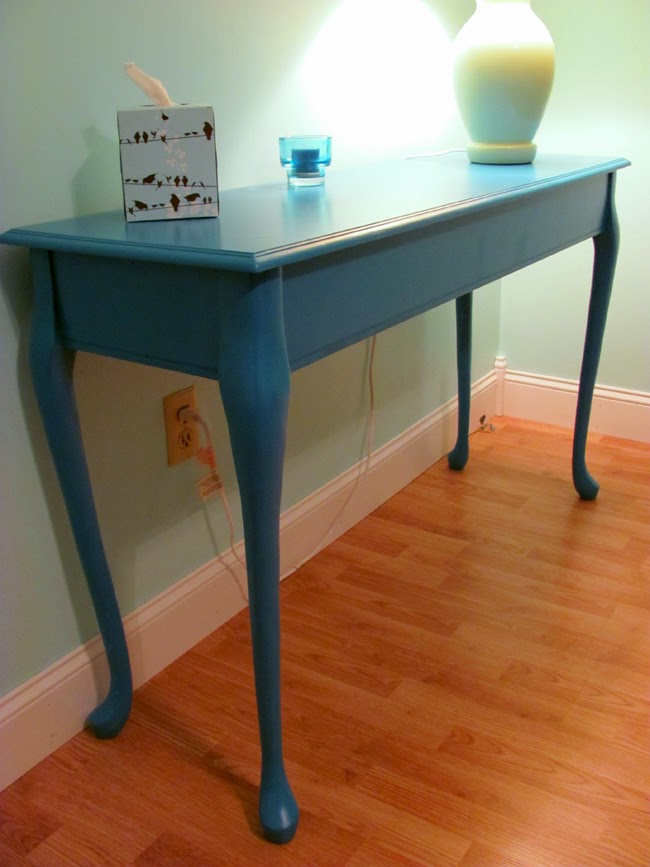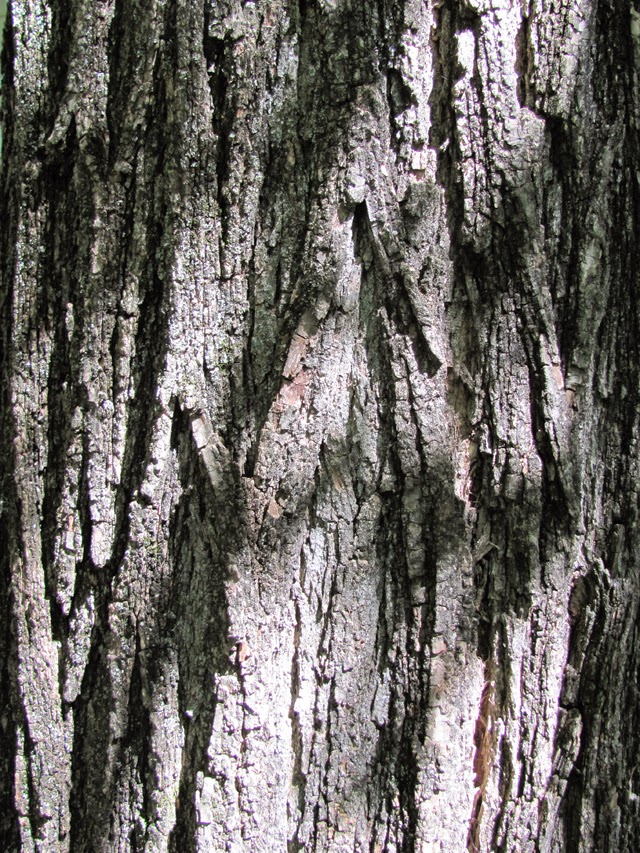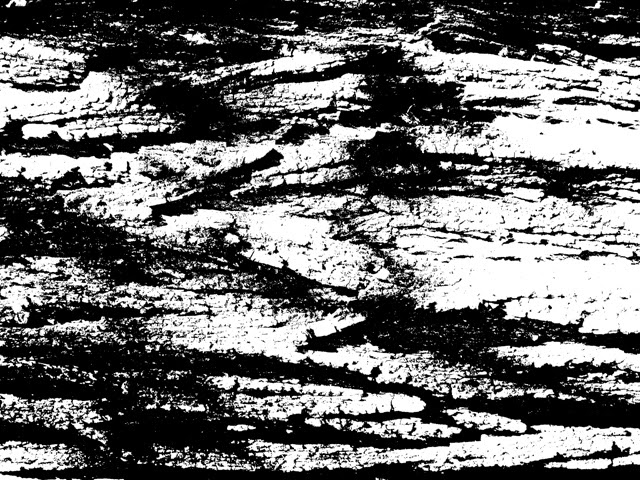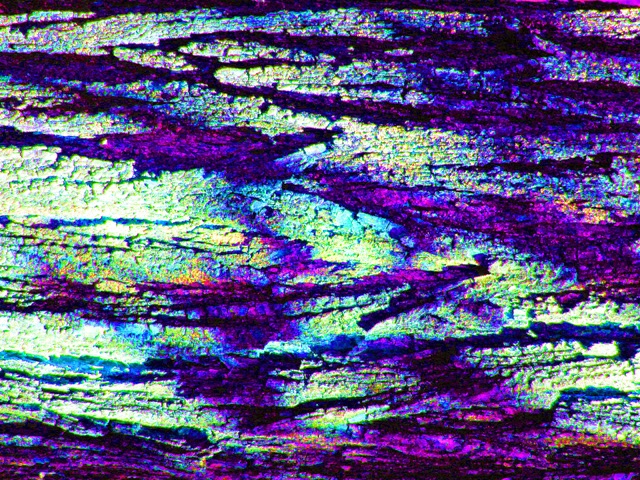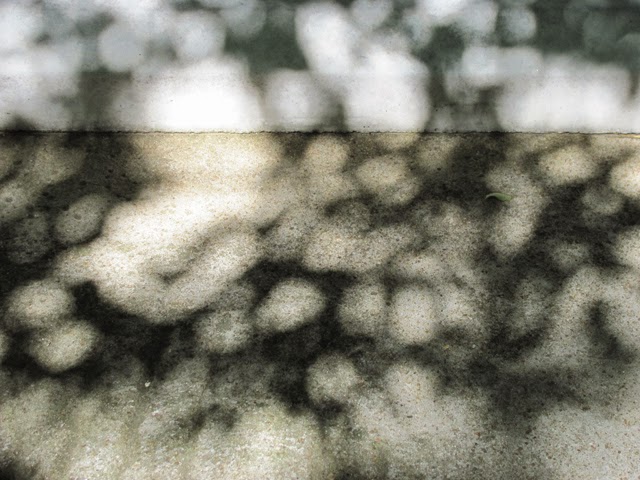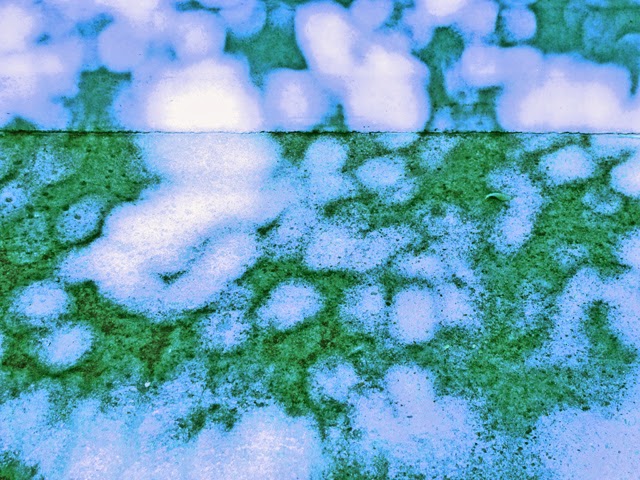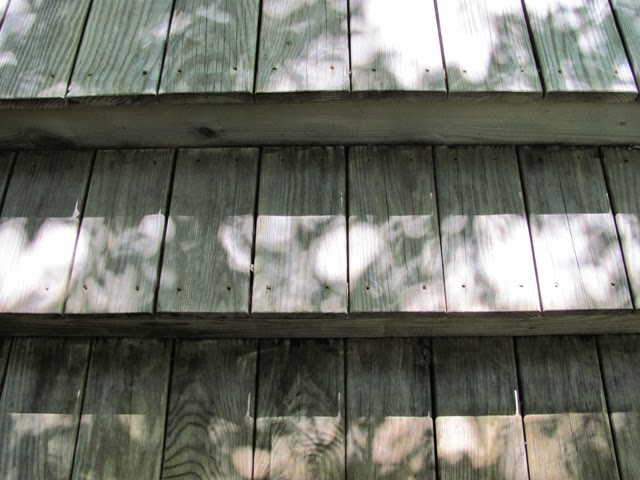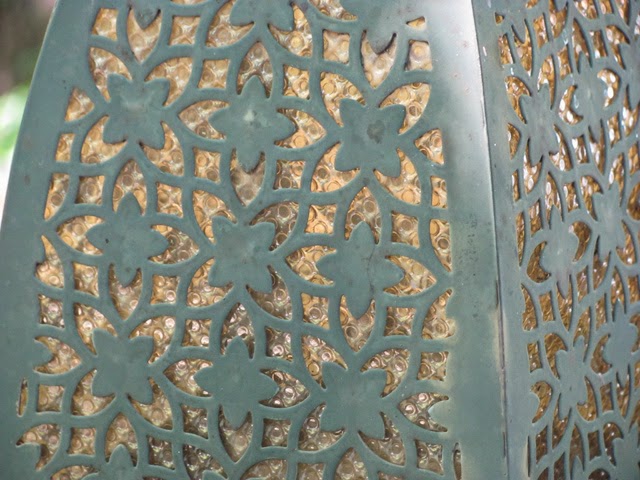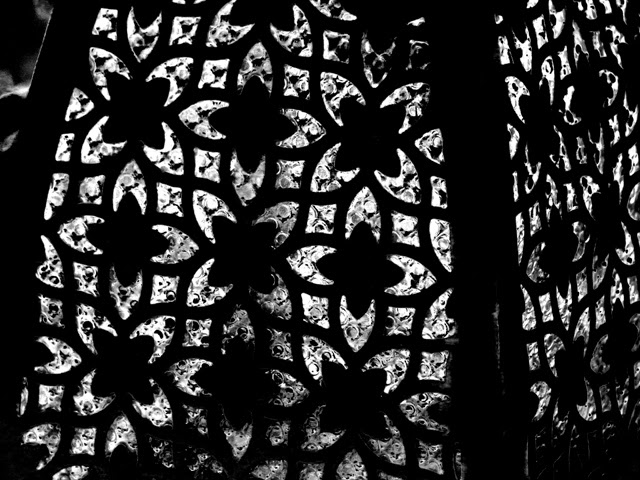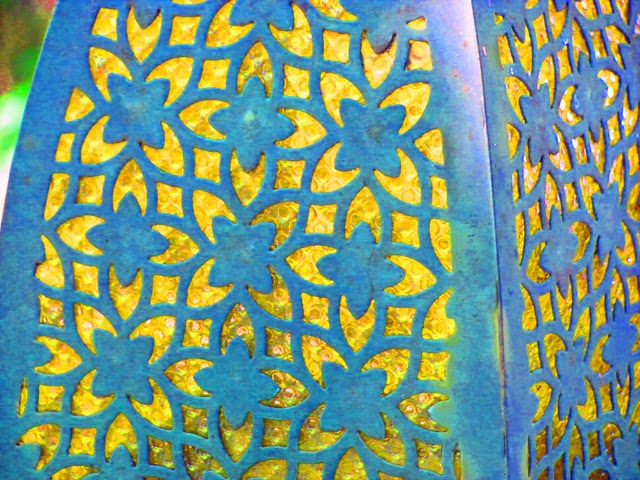Every artist I know, myself included, experiences a creative "drought" from time to time. You know the symptoms: you wake up in the morning without any inclination to go into your studio. You worry that you'll never have another creative thought in your life. When you do manage to get to your easel, the sight of the blank canvas seems to paralyze your brain. You stare at the white expanse for an hour, at a total loss for what to do with it, then set it aside, untouched. You spend inordinate amounts of time on tasks that aren't art-related, telling yourself you'll "get around" to painting/drawing/sculpting/carving etc. just as soon as you've done the laundry, called your mother, mowed the lawn or cleaned out the linen closet. All the while, you're beating yourself up mentally for not being creative or productive. You feel inadequate, anxious, and guilty. You feel utterly miserable.
This, too, shall pass.
Believe it or not, this dark cloud that has settled over you
can be banished. It can actually be turned into a benefit --
if you're willing to look at things through a slightly different lens.
The first step to getting rid of it is to embrace it. (Yes, you read that correctly.)
A "creative drought" is often a prelude to a period of sustained creativity. But to get there, you must sometimes walk through a dark valley, so to speak. The landscape in this valley is fraught with depressing thoughts and self-doubt. It's where our deepest fears and insecurities lurk. Oddly enough, it's also where you can make tremendous strides in your artistic practice if you can accept that this gloomy state is
temporary. You have the power and the ability not only to end it, but also to gain from it.
I believe a creative block is our psyche's way of seeking release from the relentless pressure we put on ourselves to produce, produce, produce. In my experience, a period of being blocked sometimes follows a very demanding period in which we've worked feverishly preparing for a major exhibition, completing a significant but mentally exhausting commission, or channeling all of our creative energies toward peripheral activities that produce revenue but leave us little or no time for making our art.
A creative block can also occur when you've been faced with a deeply distressing personal crisis such as the loss of a parent, child or spouse, dealing with a serious illness, losing your home or losing your job.
No matter what triggers it, I'm convinced a creative block is the response to intense mental or emotional pressure whose source is either internal or external. The mind and temperament can only handle so much. At some point as stress and tensions build, something's got to give. Usually it's the desire and will to make art. At this point the Muse simply throws up her hands, screams, "I'm done! I quit!" and stomps out.
So what can we do to regain the sense of joy and excitement found in creative expression? To once again look forward with eagerness to working in the studio? To find our way out of the dark valley?
We must "seduce" our Muse. We do this not by forcing a creative assignment upon her, but by gently coaxing her to come out and play. The idea is to focus not on projects or results, but only on enjoyable diversions. We allow ourselves to play, with no thoughts whatsoever of outcomes, sales, completing projects or creating masterpieces. Instead, we pursue many interesting, fun, intriguing things we've always wanted to explore but never allowed time for. This can include activities or interests that do not relate directly to our artistic discipline, but which nonetheless are creatively satisfying in their own right. Below are a few strategies that have been used successfully by artists I've known, including some I've used myself. Maybe they'll also help you.
Seven Ways to Seduce One's Muse:
1. Have you ever thought of collecting fabric scraps to use for color inspiration? Gift yourself with an afternoon of browsing a fabric store. Bring a notebook to jot down color combos you find appealing. Look for fabric remnants or trims with textural patterns. Could these be turned into stamps? Used in future mixed media pieces?
2. Treat yourself to a photography field trip. Go to a park and shoot different kinds of tree bark. Walk through a historic neighborhood capturing interesting architectural features. Make a photographic study of parking meters. Or pigeons. Or people sitting in outdoor cafes. Use the resulting shots as reference photos or work them directly into future pieces.
3. Hold an artist's swap meet. Invite some fellow artists to bring art supplies they no longer use or want, serve up some wine and cheese, and trade goodies with one another. You'll come away from it with new materials to try and lots of helpful insights, too.
4. Reorganize your studio. Tidying up your workspace literally makes room for new ideas and inspirations. In the process you'll unearth long-forgotten supplies that could help rekindle your creative spark. Rearrange all the furniture for even more excitement. This simple act can give you a whole new perspective. It can be almost as exhilarating as moving into a brand new studio.
5. Hold a Turkey Party. Turkeys are those less-than-wonderful paintings, abandoned starts and other "failed" pieces you've been hiding under the bed. Invite a group of trusted, supportive artist friends to bring turkeys of their own, along with some paints, collage papers, and other supplies. Have everyone swap their turkeys for someone else's. Then set about developing each turkey into something new. You'll enjoy plenty of laughs as you come to see that we
all produce turkeys, and that when we do, it's not the end of the world. Turning those ugly ducklings into swans (or simply into something different) can reawaken your creative energies while strengthening the bonds you share with other artists. Note: invite only those friends whom you know to have one another's best interests at heart. This event is not suitable for one-upper types on ego trips!
6. Do Zentangles. This art form -- similar to doodling but managing to be both meditative and engaging -- is highly therapeutic for artists who are blocked. Many such individuals say making Zentangles enabled them to overcome creative inertia as it calmed their fears and anxieties. All you need is a pen and paper to get started. Zentangle resources abound on the Internet.
 |
| Doing Zentangles is both meditative and calming. This Zentangle is titled "Peacock." ©2014 Lynn Edwards |
7. Read
The War of Art by Steven Pressfield. A copy of this book should be on every artist's bookshelf. It is THE go-to guide for creatives experiencing all forms and degrees of artistic constipation. It's not a complicated read, but it's profound in its analysis of the condition and dead on in its suggestions for solutions.
Have you struggled to overcome creative blocks? This problem seems to affect artists in every culture and era and at every level. For some it persists for weeks or months, for others, years. What are your thoughts on it? Your own experiences with it? Do you think it's a legitimate condition, or just an exaggerated form of procrastination? Let's hear your thoughts!
©2014 Lynn Edwards

